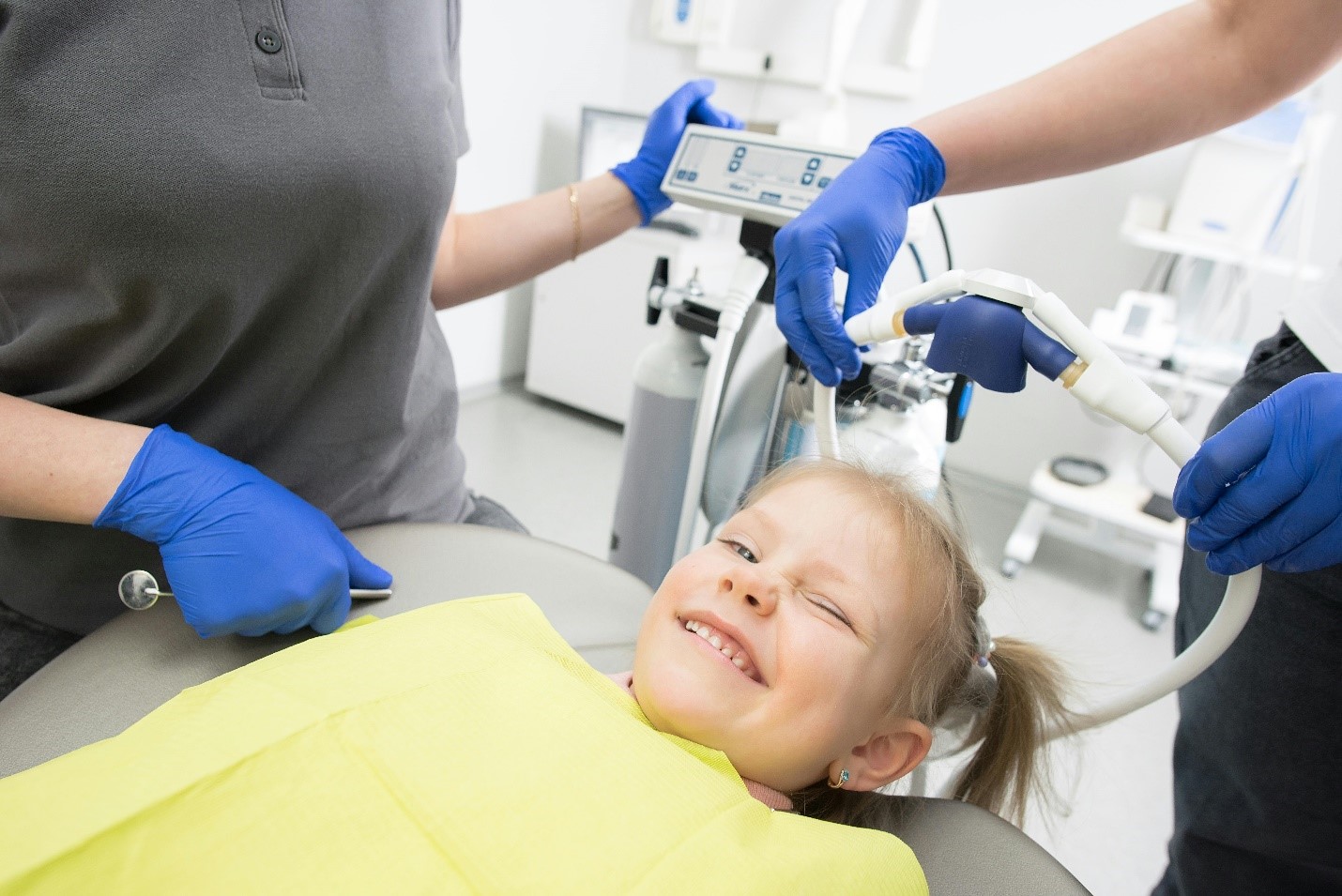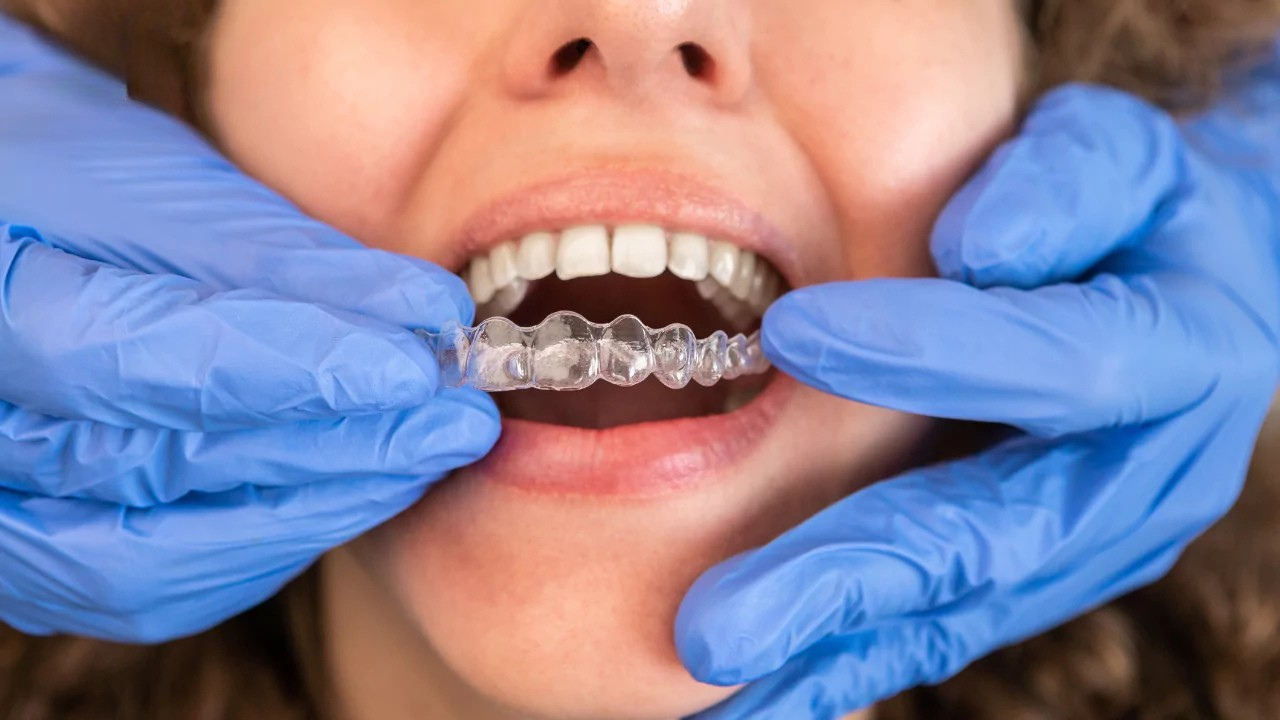What Is Guided Tissue Regeneration And When Is It Required?
Gum Treatment
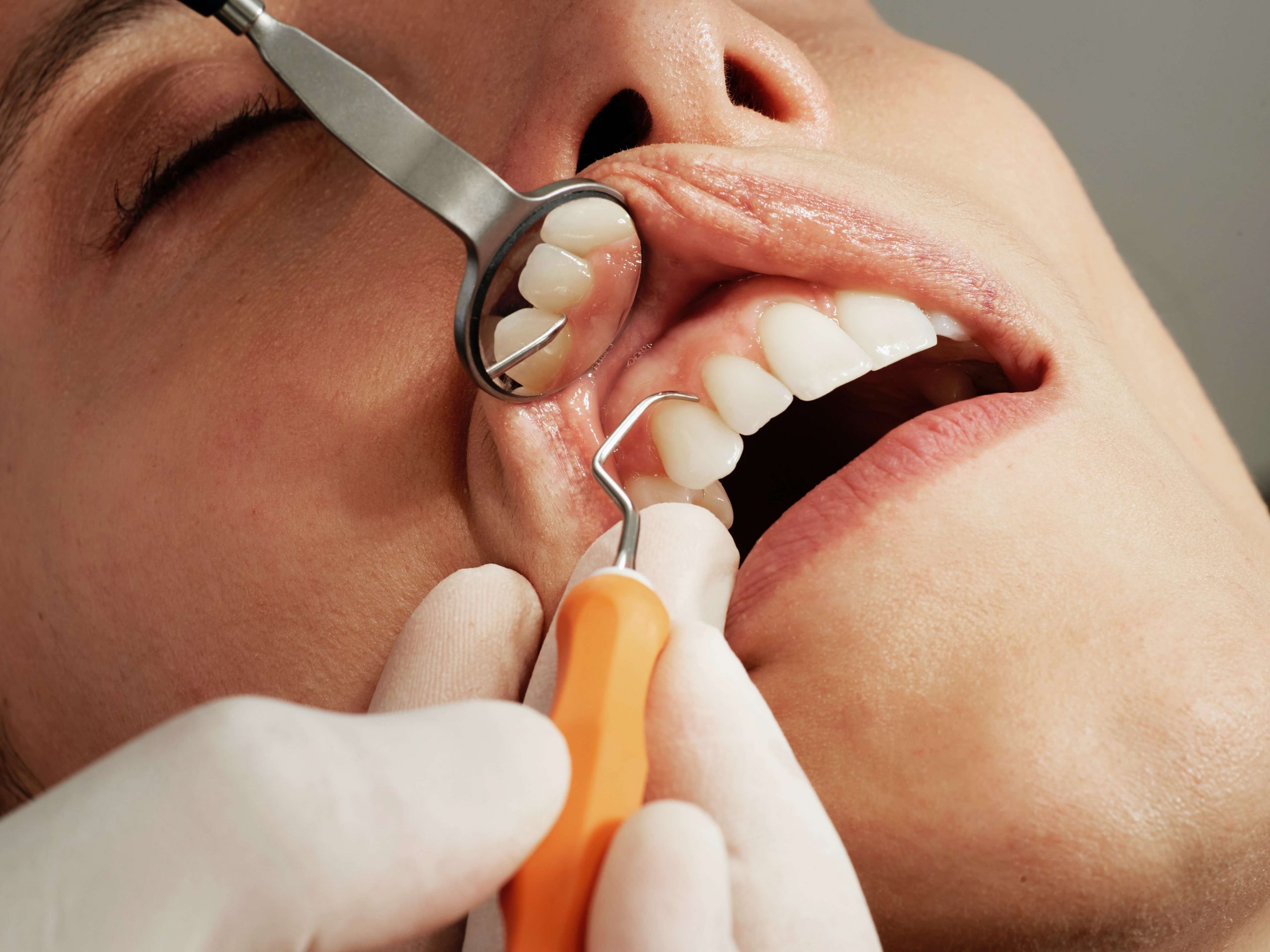
Table of Contents
Dentistry is constantly evolving and becoming more and more efficient at solving many dental issues. Guided tissue regeneration is one genius method that has been invented to solve the problem of lost bone and gum tissue.
With the help of guided tissue regeneration, a specialized dentist can use bone graft and tissue membranes to assist the regeneration and growth of new bone and gum tissue in replacing it in areas where it has been lost due to trauma, infection, or age.
A periodontist is a skilled specialized dentist who can perform this procedure. The dentists at Dr. Paul’s Dental Clinic are at your service 76 days a week and are experts in their field. Just contact the clinic and make an appointment with one of their esteemed dentists for any dental health concerns that you might have.
What Is Guided Tissue Regeneration In Dentistry?
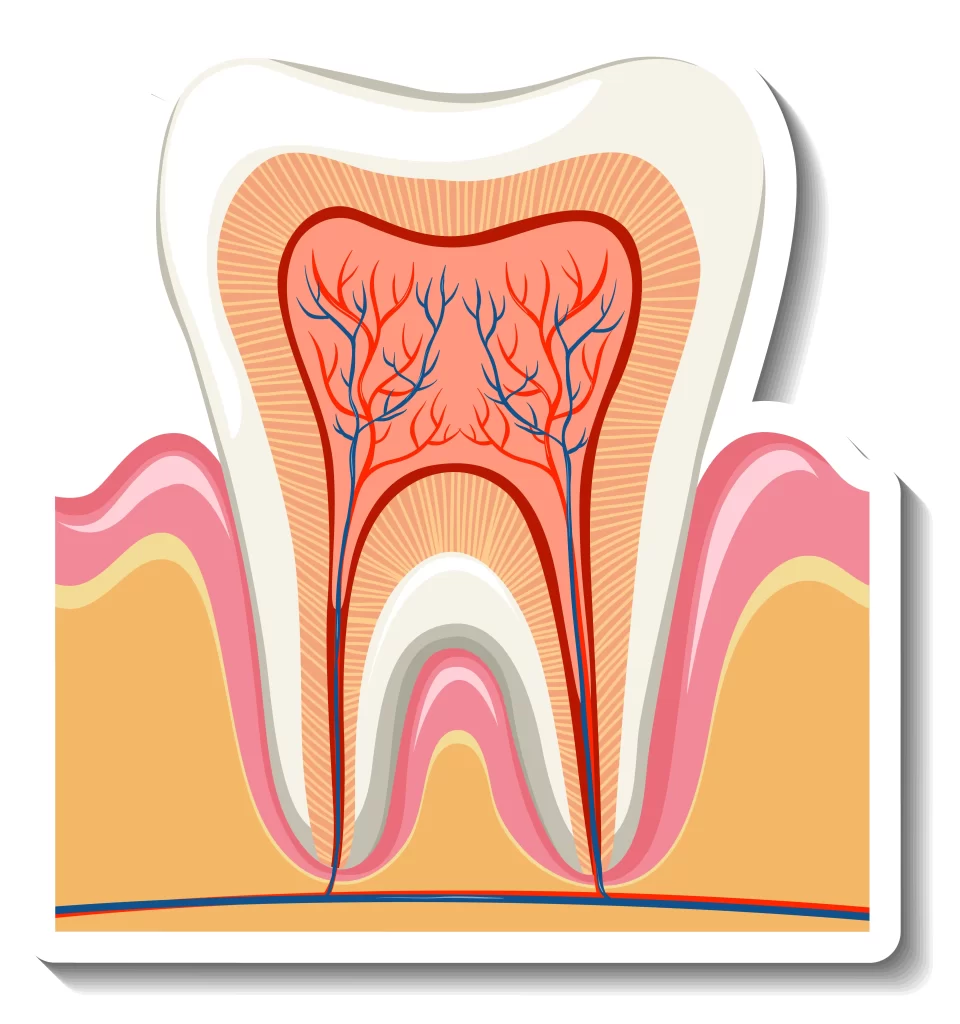
Guided tissue regeneration is a process in which the dentist uses bone graft and gum membranes to facilitate the growth and regeneration of new bone and soft tissue to replace that which has been lost. This is used mostly in severe periodontitis cases where healthy gum tissue has been lost due to infection, and the gum margins need to be rebuilt.
Guided bone tissue regeneration is a process in which boneiod grafts are used to regenerate lost jaw bone tissue. This is especially useful when there are large defects in the jaw bone and not enough bone structure available to stabilize implants.
How Guided Tissue Regeneration Work?
Teeth are held together inside their socket with the help of the periodontium. The periodontium is a collection of the alveolar bone, the periodontal ligament, the cementum, and the gingival tissues. Together these systems provide support to the teeth and hold them in place.
An infection in the gums due to plaque and bacterial accumulation can cause the periodontium to break down, causing the teeth to become mobile. The guided tissue regeneration technique can regenerate lost bone and gum tissue.
The Procedure:
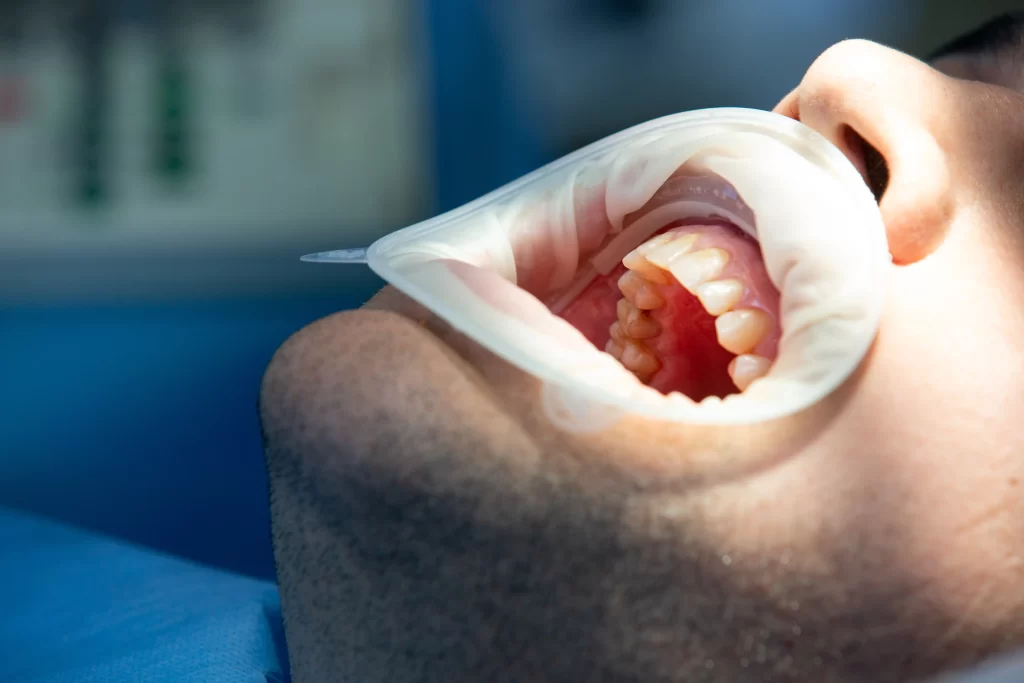
First, the alveolar socket and gum margins are thoroughly cleaned by removing all infected tissue; it is disinfected and sterilized. Next, bioabsorbable membranes are placed between the gum tissue and bone to create a barrier. Next, the grafts are placed into the socket and the gum pocket, where the membranes help the tissues grow into the desired shape and direction.
Immediately after the graft is placed, the body creates a blood clot within the graft and releases growth hormones to assist in healing. Eventually, the clot is absorbed by the body and replaced by granulation tissue, generating a healthy blood vessel supply.
This recreates a healthy foundation and base for the patient to receive an implant in the socket. The entire regeneration process takes up to four months to complete.
Advantages of Guided Tissue Regeneration
Improves the Aesthetics of Natural Teeth
Periodontitis and gingivitis can ruin the appearance of teeth and make the smile look quite unpleasant. The gums become swollen and inflamed. They start to recede, exposing underlying teeth’ underlying roots and giving an unsightly appearance. Regeneration of gum tissues in these areas can restore the smile and improve the overall aesthetics of the mouth.
Promotes the Regeneration of Bone
Regeneration of bone occurs via guided tissue regeneration with the help of an absorbable barrier membrane that keeps the faster healing gum tissue separate from, the slower regenerating bone tissue. Healed-up bone tissue makes it ideal to receive implants as well as assist in tooth mobility and stabilizing the surrounding tooth structures.
Prepares the Jaw Bone for Implants
Guided tissue regeneration makes it possible for those patients who have lost bone structure due to missing teeth for a long time and never got replacements earlier on. Regeneration of bone can help provide a solid base and foundation to add and stabilize implants in such patients successfully.
Helps To Preserve Natural Teeth
Due to periodontitis and loss of the periodontium, teeth start to become mobile. Guided tissue regeneration can regenerate new bone and strengthen the structure holding the teeth, preventing them from becoming loose.
Is It Painful?
Since the procedure is performed under local anesthesia, the patient remains comfortable throughout the procedure. Some amount of discomfort is expected after the anesthesia wears off, and the patient is prescribed to take painkillers for a couple of days.
Is It Necessary For Dental Implants?
Dental implants have two components; the abutment and the body. The abutment or the top portion of the implant is where the crown is placed and is visible inside the mouth. The body of the implant replaces the root portion of the tooth and is buried deep under the bone.
This part of the implant is not visible in the mouth and embeds itself inside the bone. The alveolar bone needs to be deep and sufficient for the implant to integrate itself. If the bone is insufficient, the implant will not be able to embed itself, and the procedure will fail.
During your consultation, the implantologist will assess the height of the bone in your jaw and will decide if you need a bone graft. In the case where the bone is not enough, guided tissue regeneration can be performed to allow the bone to grow so that an implant can successfully be placed.
Conclusion
Guided tissue regeneration is a great way to preserve and regenerate bone, and gum tissue, provided a trained and skilled specialist performs it. Expert dentists at Dr. Paul’s Dental Clinic are highly trained and excellent in all their specialty fields. If you want to know more about Guided tissue regeneration and when it is required, do not hesitate to contact Dr. Paul’s Dental Clinic and schedule an appointment today.
Book an Appointment With Your Doctor NOW!
Ready for a brighter smile? Schedule your appointment with Dr. Paul’s Dental Clinic today and experience exceptional dental care.
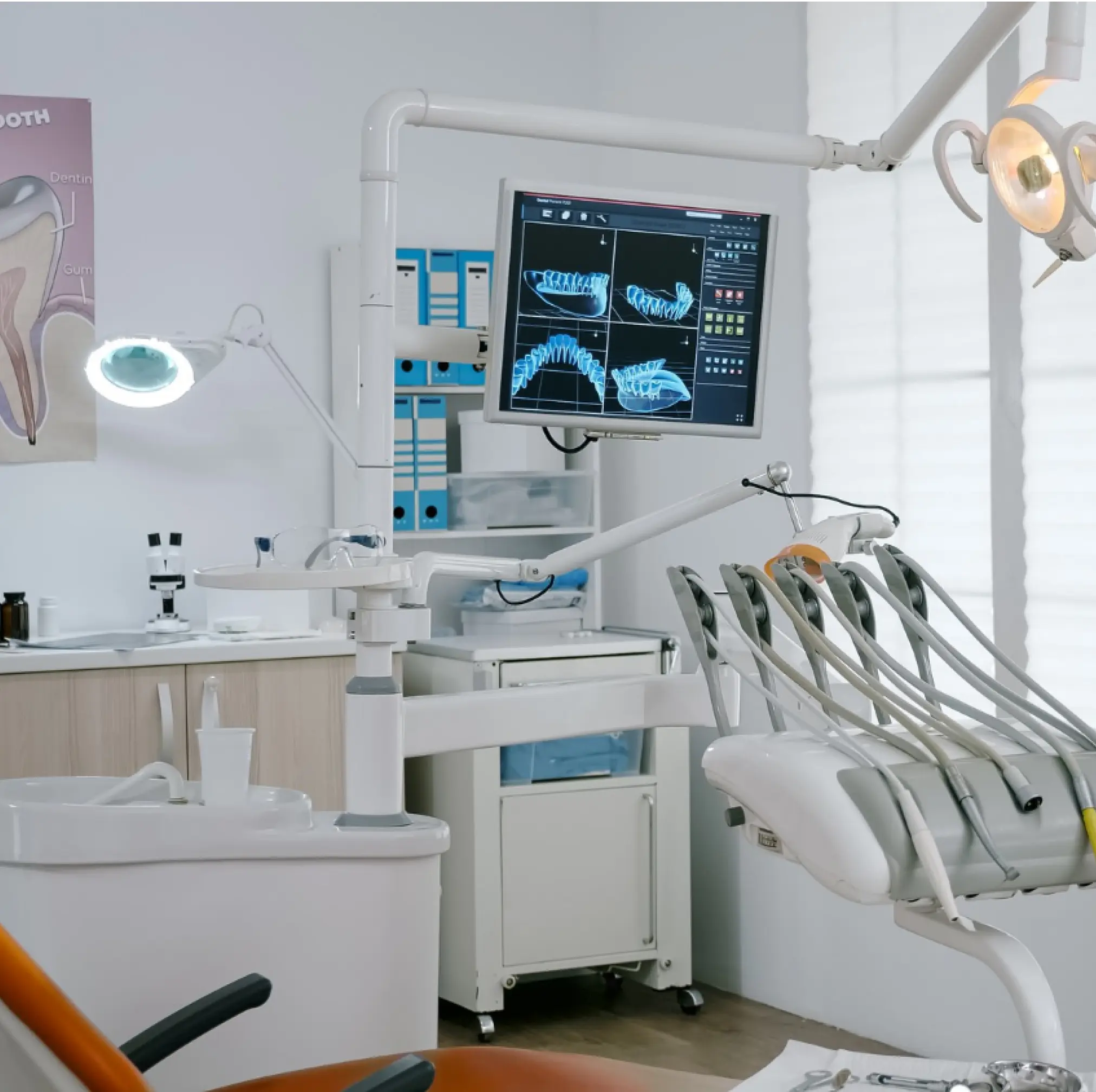
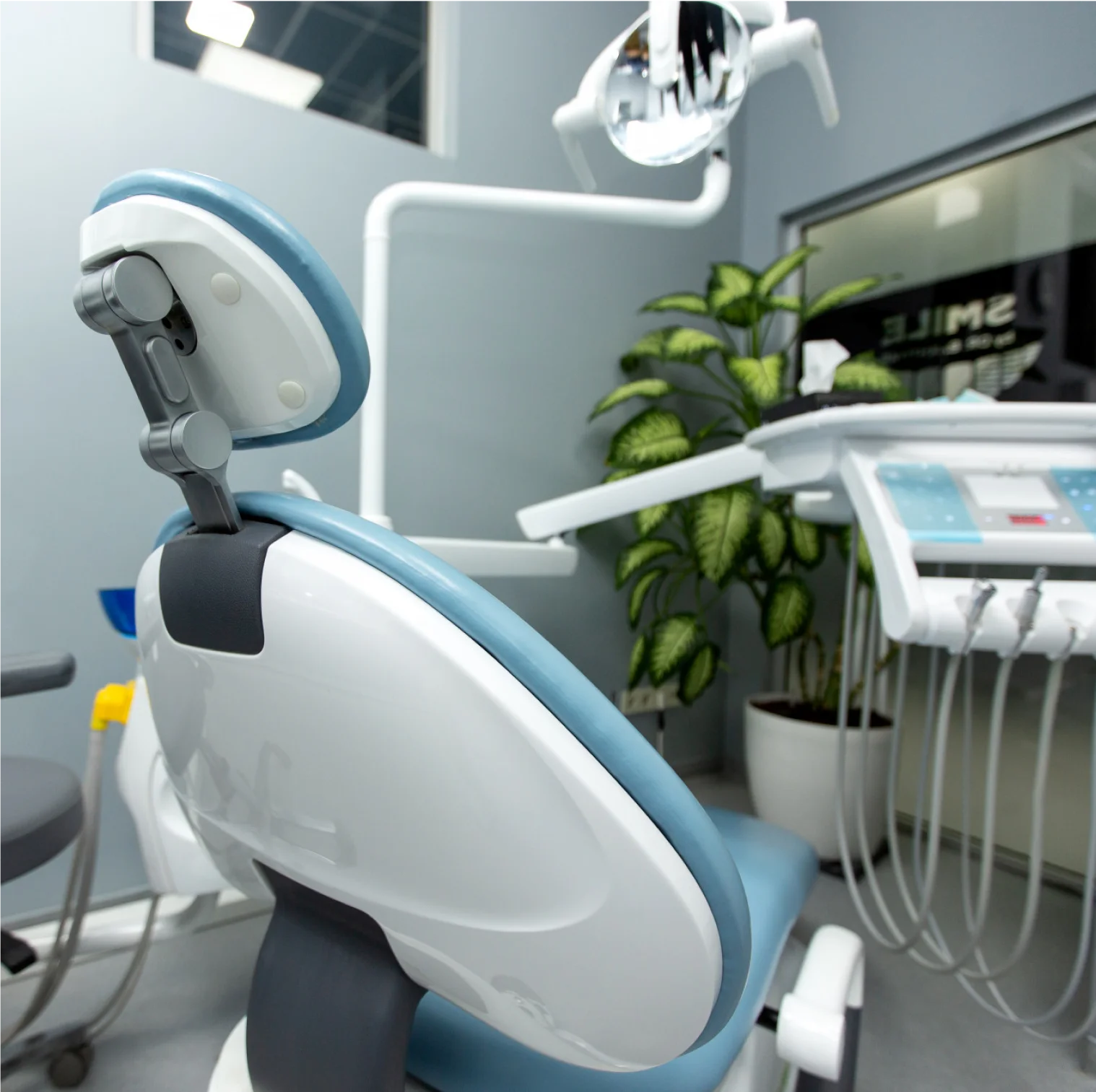
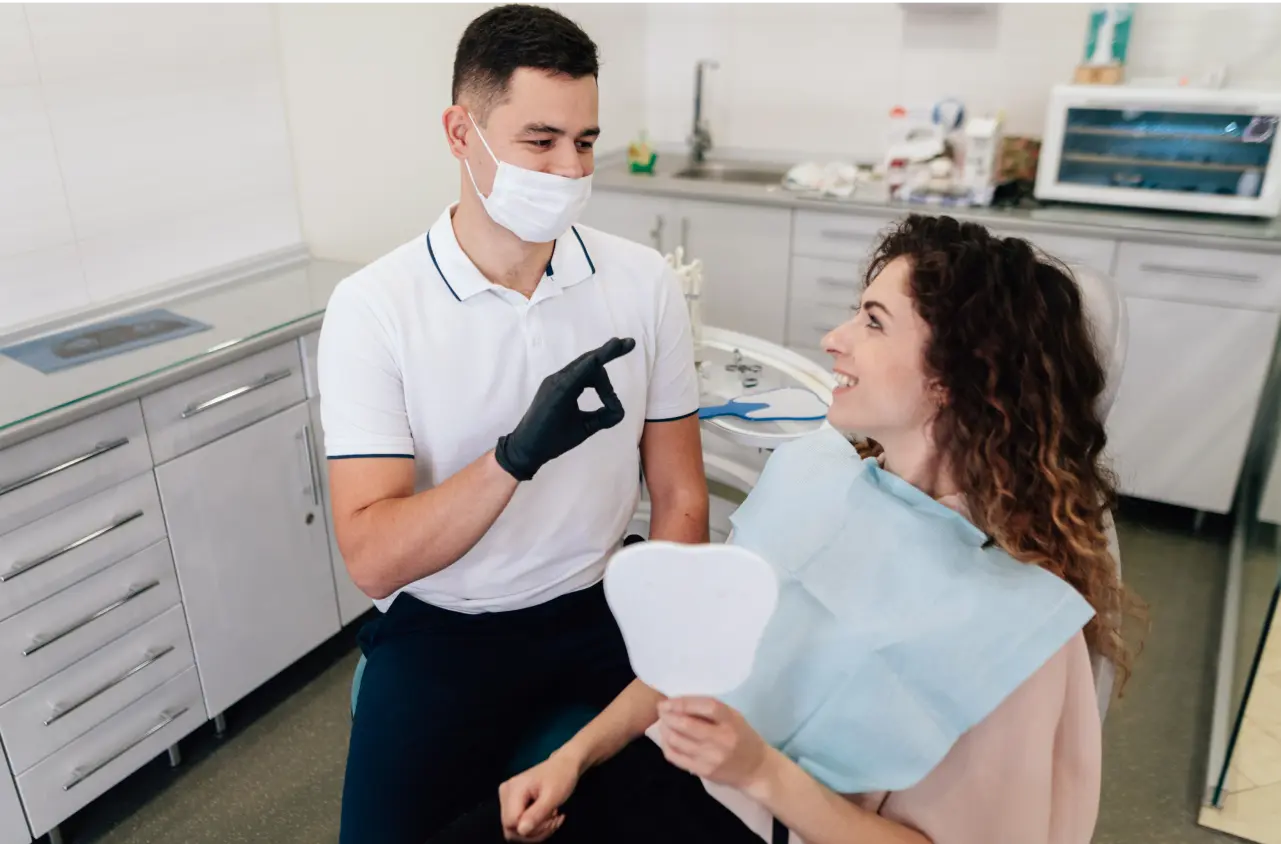
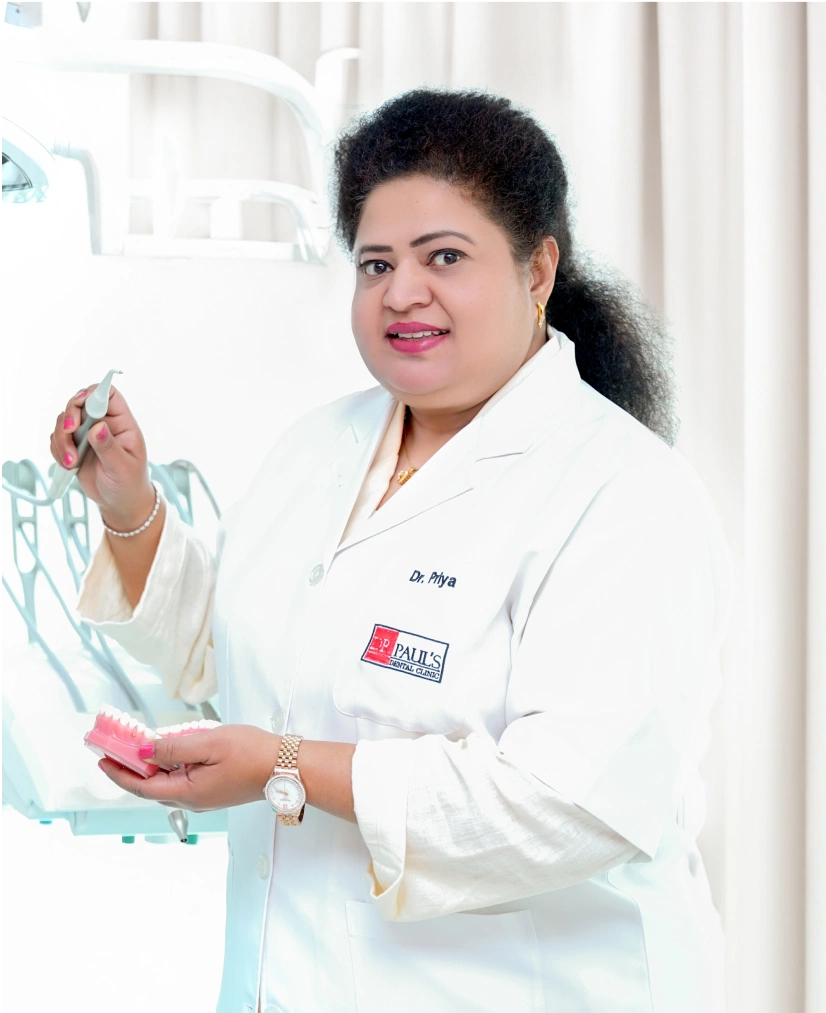 Dr. Sathyapriya Surendar
Dr. Sathyapriya Surendar 
